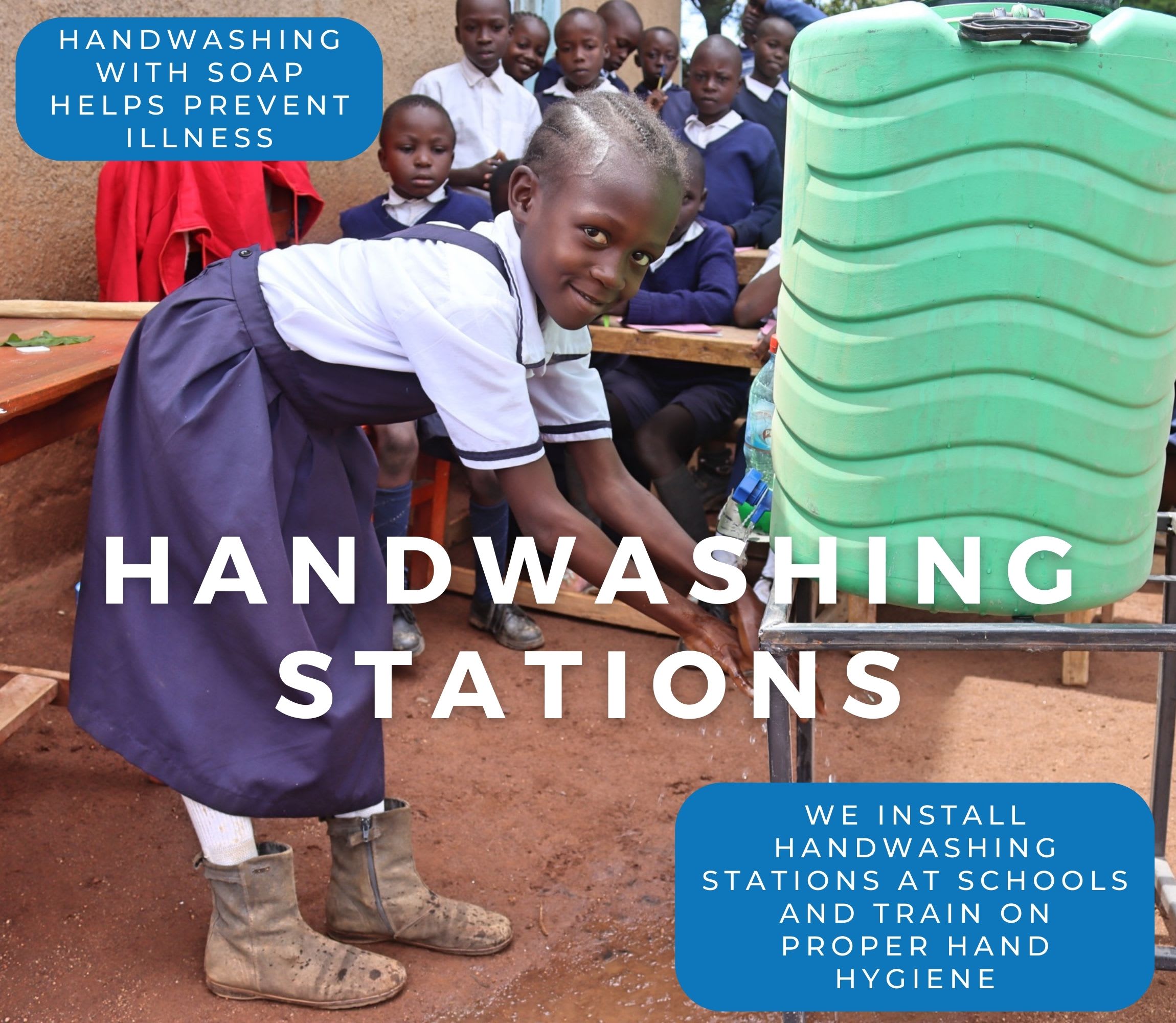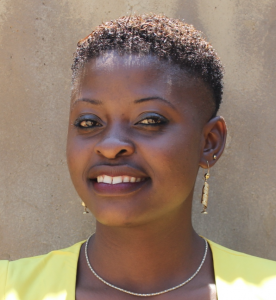The large school population at Eshivembe Primary School, 356 students and 17 staff members, experiences the daily burden of a water crisis. The school has a rainwater tank, but due to inadequate rainfall and a high student population, it quickly runs dry, leaving the students to scramble for water from the community spring or other open sources instead.It is a temporary solution, but it is costly and not sustainable in the long term.
"Because the facility we have at school is only 30,000 liters, and the population has grown, some pupils are forced to go [to] the spring while others queue at the tank to fill the water filters so as to secure drinking water. This process or activity wastes a lot of time, which can be used for teaching, especially in the morning when the pupils' minds are still fresh," shared Field Officer Jemimah Khasoha, when discussing the current water situation at the school.
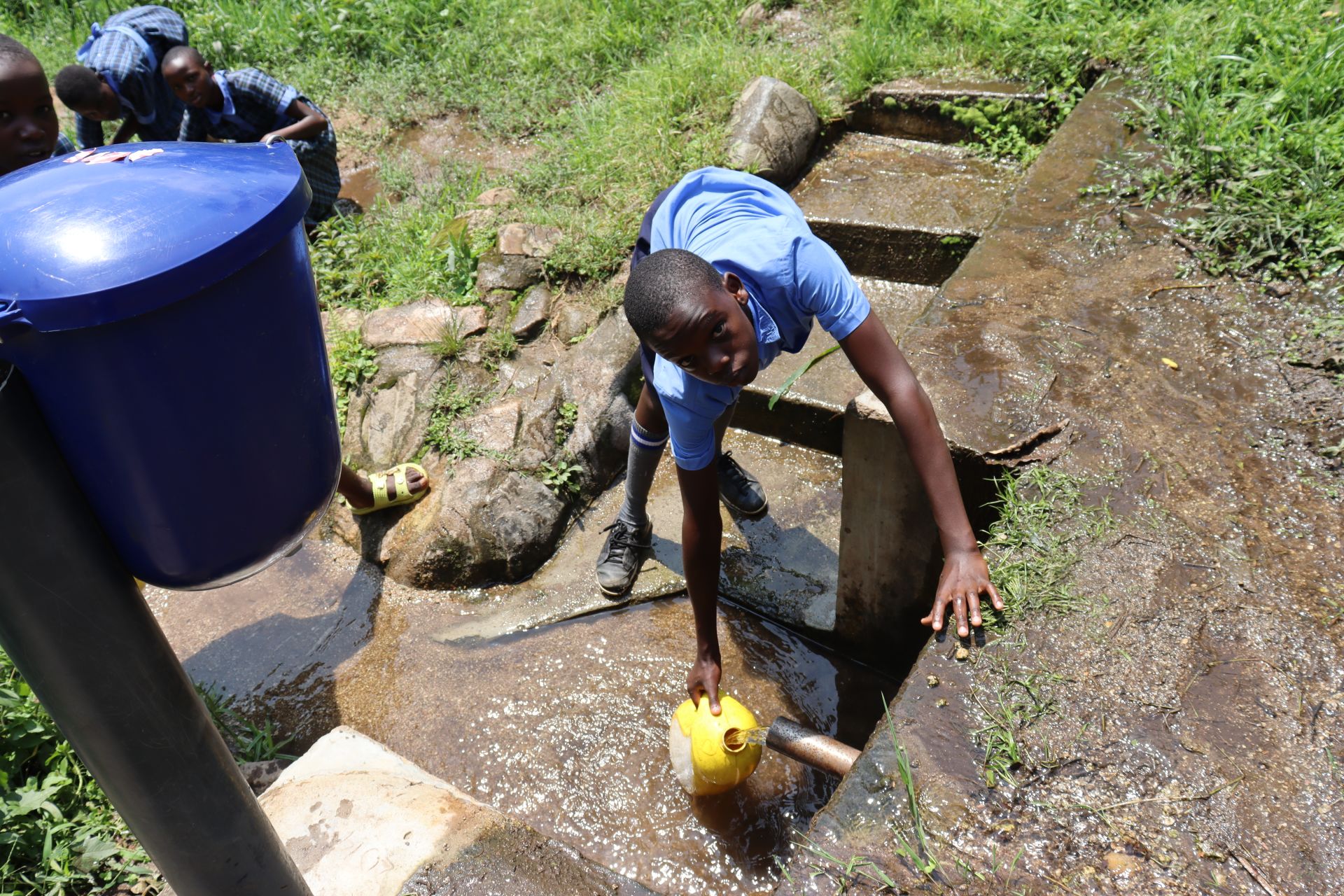
A student collects water at the community spring.
During the dry seasons, the rainwater collected in the insufficient tank is rationed and only used for drinking. It empties very quickly, forcing the majority of students to visit the spring to collect water for other needs.
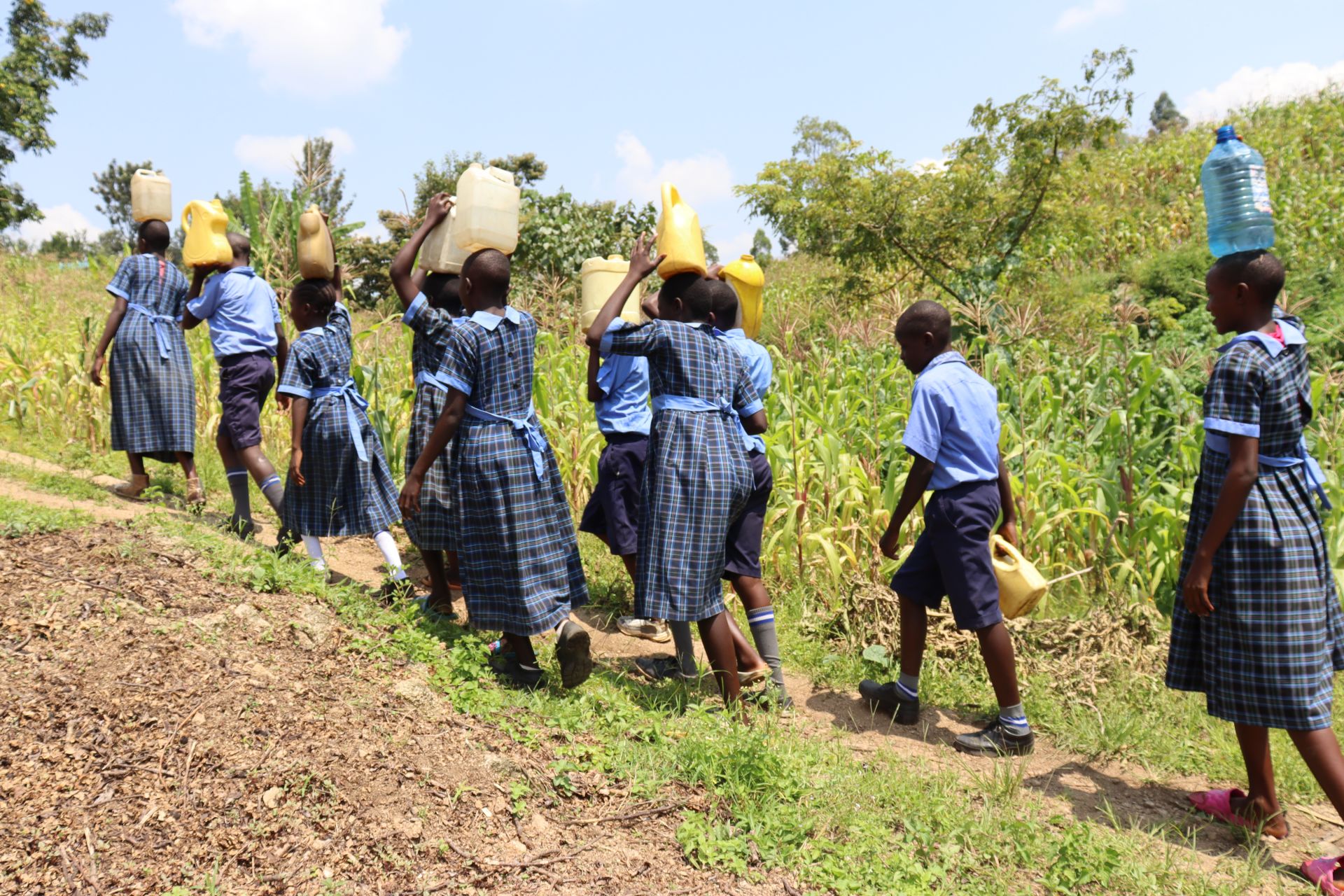
Students walking with water.
"When the dry season starts, we request pupils to get water from the nearby spring, which handling and transporting it to school poses a major challenge. We do not have storage containers, so we depend on pupils' jerricans, some of which are not clean.
Teacher Chrispinus Madegwa, 47, is tired of watching his students suffer.
His empathy was obvious when he shared, "The pupil came to my office crying, holding her stomach tightly and desperate for help. I used my motorbike to take her to [the] hospital just to do [a] diagnosis, and it was found out that she had typhoid. This really pained me, and I was desperate to get help on how to curb the solution for water in the school."
"It is very dangerous and discouraging, even, to come to work. This is not a matter to take lightly because someone can easily lose [their] life, and as the manager of everyone who works and studies in this school, I need to take care of their well-being," he lamented.
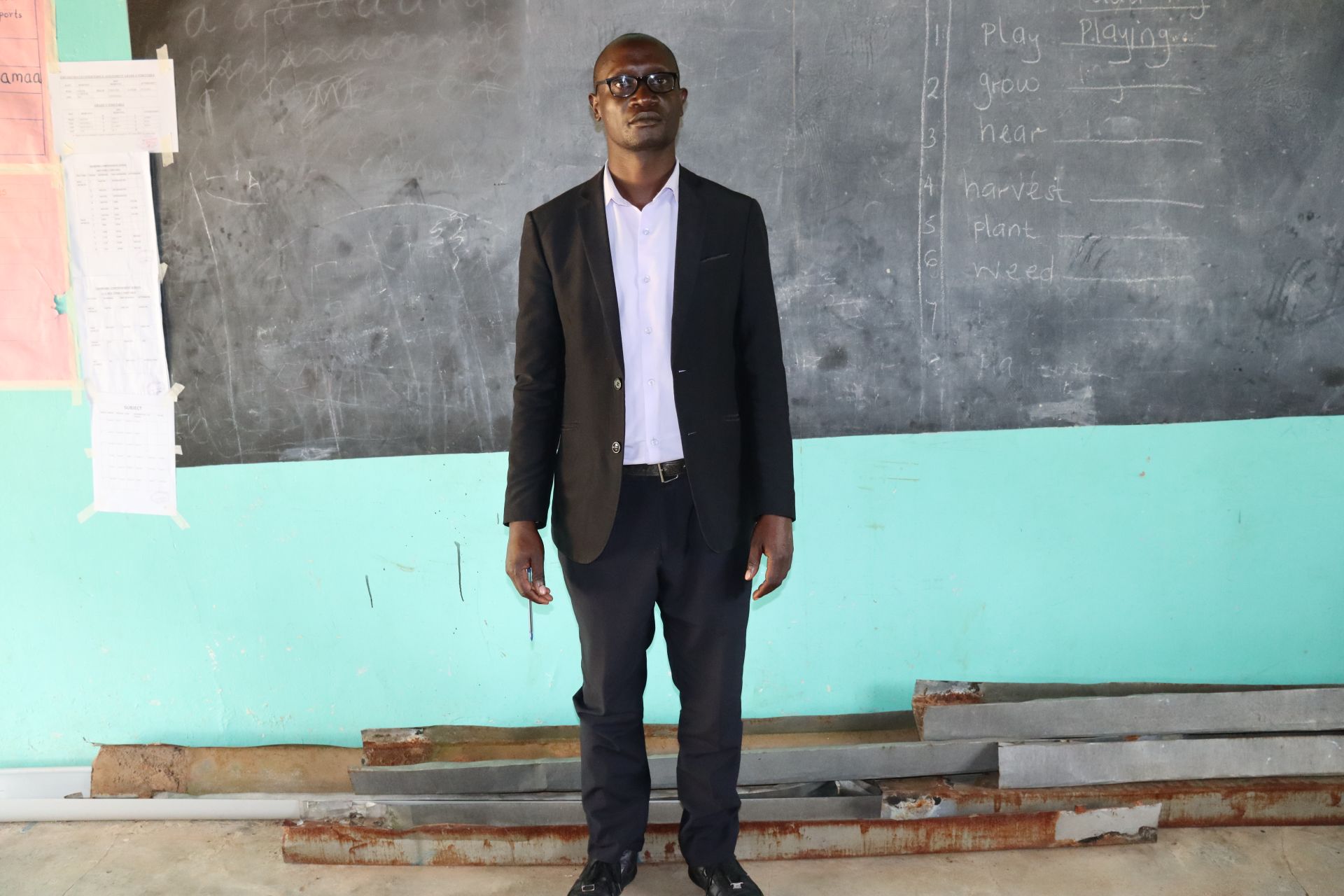
Teacher Chrispinus Madegwa.
Students suffer in other ways beyond their poor health.
"Students are impacted in various ways. Dehydration is one of the major impacts because young people love playing, hence if there is no water to drink, they become dehydrated. There is time wastage because some learners do not like studying, so they purposely make collecting water a way of not being in class. This makes syllabus coverage a problem and eventually will lead to poor performance. Sanitation and hygiene are other areas where it needs improvement," Mr. Madegwa continued.
Until the school can provide sufficient, clean water nearby, there is little hope of the outcome changing. However, with access to clean water, the possibilities are endless for students and staff.
"The proposed water solution will greatly help the school in various ways. There will be improved performance because water will be available throughout the school year, no absentism shall occur due to sickness, and [the] fear of collecting water. They shall have clean classrooms and [a] safe environment for studies, and finally, they will be able to clean their toilets daily with soap and enough water," Mr. Madegwa commented.
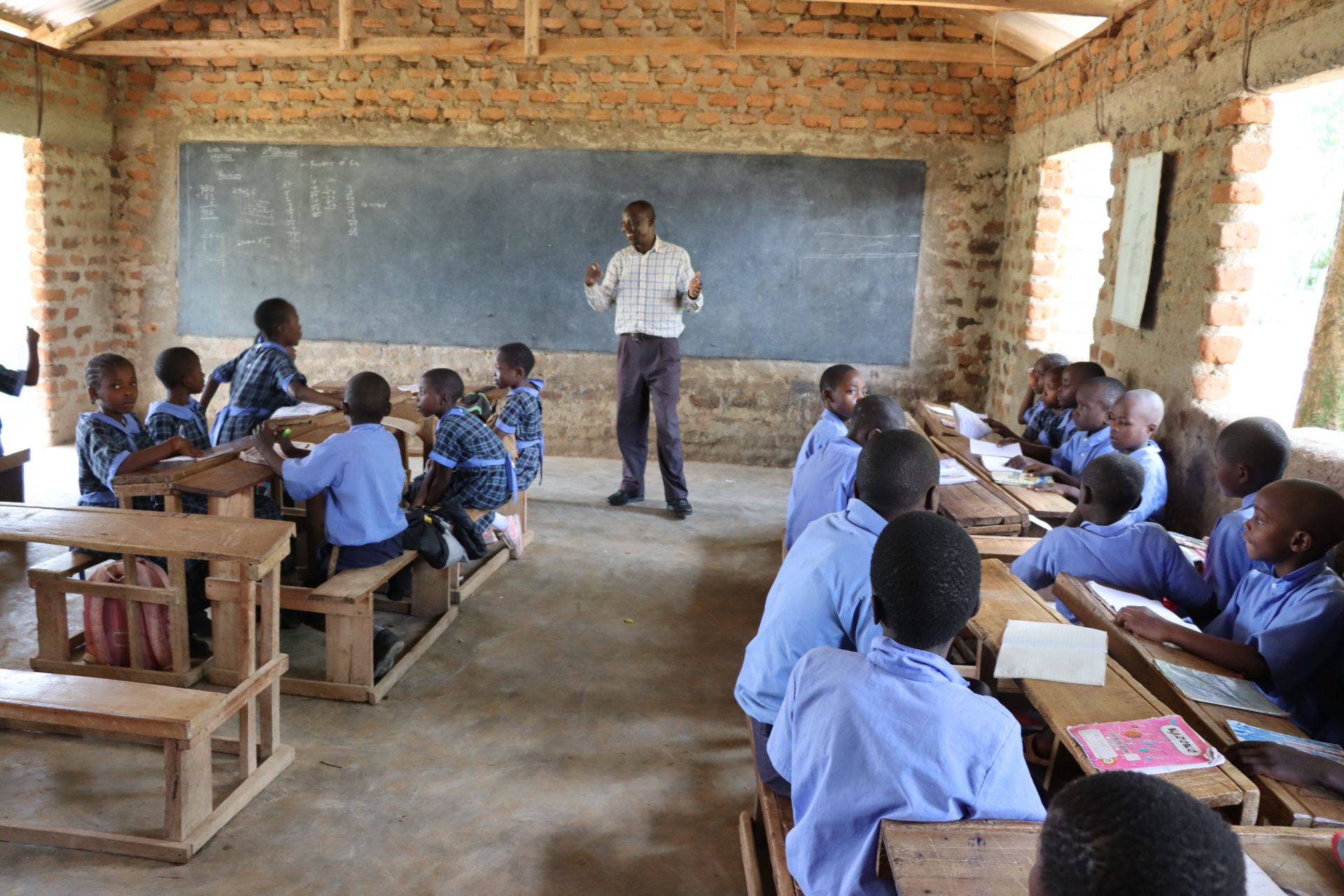
We plan to install a well on the school campus that will allow students to quickly and efficiently collect water that is safe to drink, giving them back their health, time, and energy so they can plan for a bright future.
Steps Toward a Solution
Schools without reliable, on-premises water access often rely on students to fetch and carry water, leading to rationing and uncertainty about water quality. The water is typically poured into a communal storage tank and used by the entire school. With children carrying water from all different sources, it is also impossible for teachers and staff to know exactly where the water comes from and how safe it is to drink.
A new water point will be located on-premises at the school to ensure accessibility, reliability, and safety for students, teachers, and staff while meeting our school coverage goals. Having water available at the school allows children to drink, wash hands, and use sanitation facilities without leaving school grounds, preventing disruptions to lessons and reducing safety risks. A dedicated source increases water availability, reduces reliance on stored water, minimizes rationing, and ensures confidence in the safety of the water. This means staff and students are healthier, and their lessons aren’t disrupted, contributing to a better education!
Our technical experts worked with the school leadership and local community to identify the most effective solution to their water crisis. They decided to drill a borehole well, construct a platform for the well, and attach a hand pump.
Well
Abundant water often lies just beneath our feet. Aquifers—natural underground rivers—flow through layers of sediment and rock, offering a constant supply of safe water. A borehole well is drilled deep into the earth to access this naturally filtered and protected water. We penetrate meters, sometimes even hundreds of meters, of soil, silt, rock, and more to reach the water underground. Once found, we construct a platform for the well and attach a hand pump. The community gains a safe, enclosed water source capable of providing approximately five gallons of water per minute. Learn more here!
Note: Our proposed water point can only serve 300 people per day. We hope to continue working with this community to identify other water solutions that will ensure all the people in this community have access to safe and reliable drinking water.
Handwashing Stations
Alongside each water source, we install two gravity-fed handwashing stations, enabling everyone at the school to wash their hands. Handwashing is crucial for preventing water-related illnesses within the school and community. Student “health clubs” maintain the stations, fill them with water, and supply them with soap, which we often teach them how to make.
Latrines
We will construct two Ventilated Improved Pit (VIP) latrine blocks designed to prevent fecal disease transmission. Each latrine features a cement floor, making it easy to use and clean regularly. Three stalls will serve the girls, and three will serve the boys.
School Education & Ownership
Hygiene and sanitation training are integral to our water projects. Training is tailored to each school's specific needs and includes key topics such as proper water handling, improved hygiene practices, disease transmission prevention, and care of the new water point.
To ensure a lasting impact, we support forming a student health club composed of elected student representatives and a teacher. These clubs promote hygiene practices schoolwide and keep handwashing stations well-stocked. This student-led model encourages a sense of ownership and responsibility.
Safe water and improved hygiene habits foster a healthier future for everyone in the school and the surrounding community.
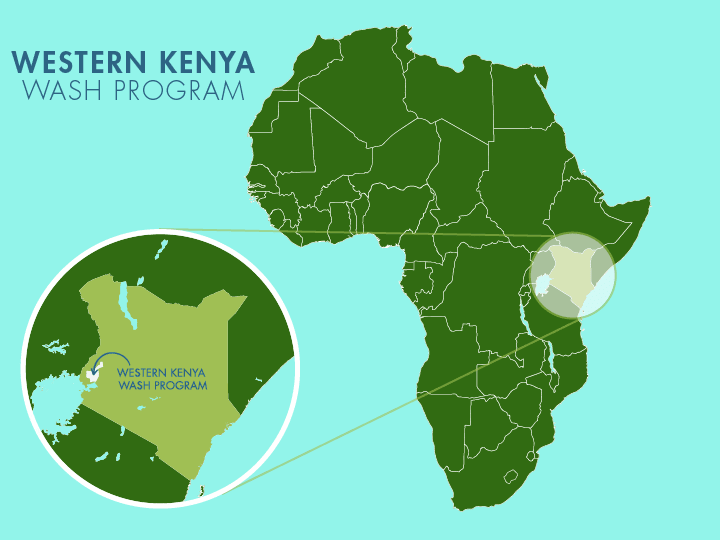
 Borehole Well and Hand Pump
Borehole Well and Hand Pump
 Rehabilitation Project
Rehabilitation Project





